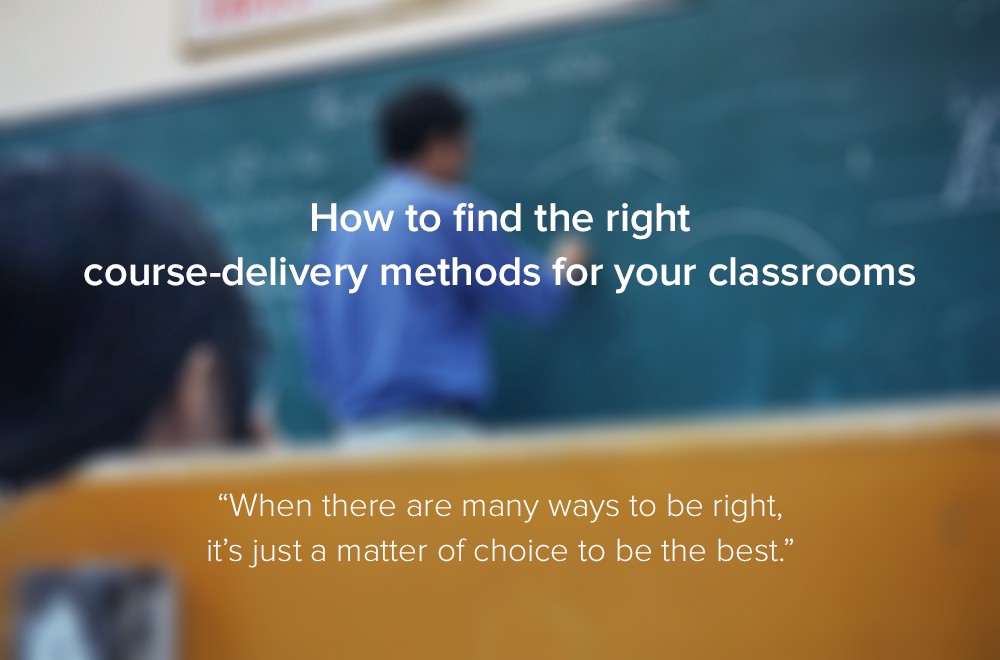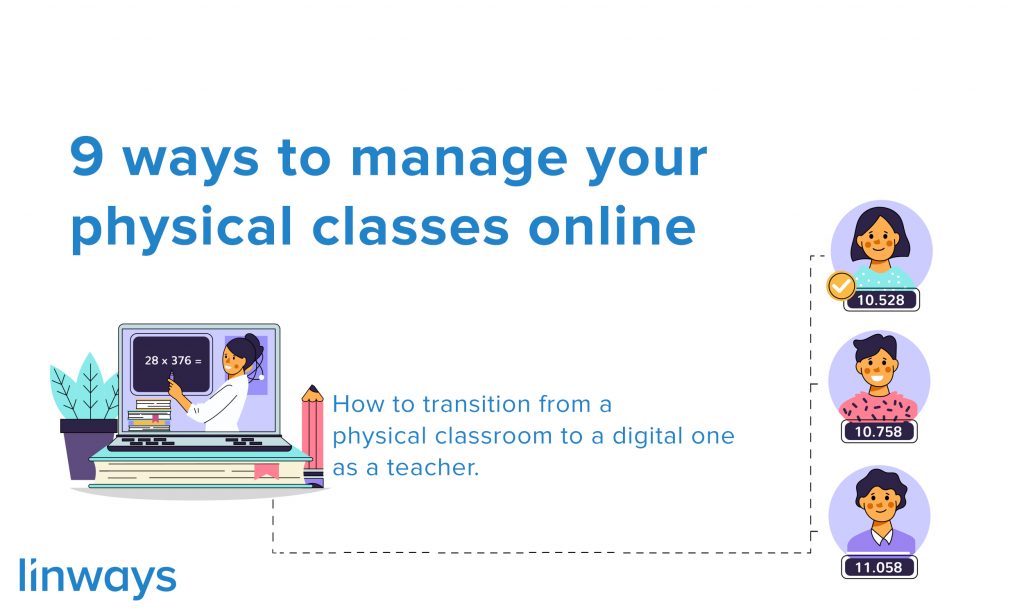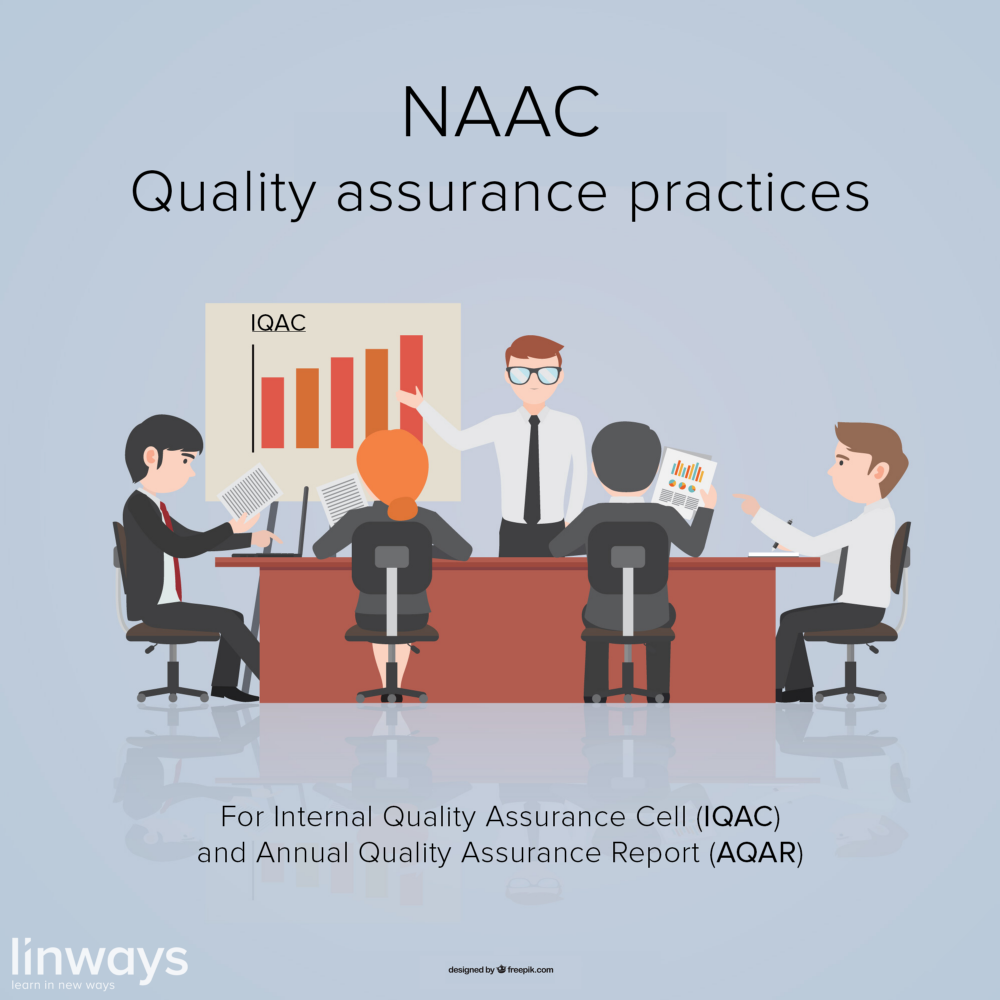
Before finding the right course-delivery methods, lets look at why it matters, so much. Assessing and solving the drawbacks are critical for any situation; and especially so for education. Schools, colleges, and universities takes up most of the learning spectrum in formal education. These are the places where our students are taught about science, art, history, engineering, maths, economics, politics, biology, essential skills, and pretty much about every other matter there is to learn.
Schools and colleges are the backbone of education and learning. So it really counts to have the system assessed every once in a while and see if it meets the quality paradigms and our expectations.
Classrooms are such diverse environments. Addressing this diversity is crucial for enhancing the best of teaching-learning and getting the best out of it. How lessons are being taught has an enormous impact on how much the student learn. The understanding, retention, and reproduction of information is greatly influenced by how it’s taught. However, teaching mechanisms and use of tools to better deliver the course is only the big picture. To really improve, we also need to look closely at the way teachers interact with the students; and more importantly, the instructional models used.
So let’s see some of the most popular instructional models and how they work.
Delivery mechanisms
In-Person delivery — This is the most obvious form, the one we are all familiar with. The learners and faculty are face to-face, in the same location (classroom), and at the same time in this approach. Depending on the curriculum and institutional characteristics, we can place the next two approaches as subsidiaries of this one.
Electronic delivery — The learners receive the course-related content through electronic means; including both online and offline means. Here, the learners and faculty may be separated by geography and/or by time and the student may choose the time and pace to learn the topics.
Blended delivery — This is the sweet spot where both the previous ones are combined. The students can attend classes in the usual style while the teacher provides additional course-related contents in the form of visual, audio, and/or any other means to assist the classroom learning. Here, the learners receive content through more than one type of delivery mechanism.
However, keep in mind that the decision you make can make or break the learners’ experience. So here are some things to consider before you make the call:
- Assess the need of the learners – What type of available delivery mechanism(s) will most effectively support your learners and their learning.
- Assess the need of the teacher- What are the goals and outcomes the teacher intend to achieve at the end of the course delivery.
- What kind of pedagogy do you use and what would be the possible impact of the delivery mechanism on that pedagogy.
- Assess other external constraints like time, space, and money needed for each delivery mechanism.
The power of motivation
Why should you motivate your students??
The way we teach greatly influence the cognition and understanding of the learner. So it’s only plain as the day that there should be excitement and a desire to learn. A motive initiates, guides, and maintains goal-oriented behaviour. As we all are familiar, it’s the usual reward and punishment system we follow in education. The students who performs well get their rewards as ranks, appreciation, certificates, medals etc. and the ones who falls back are punished for their “poor performance”, though we often make next to no effort to find out what troubles them.
Learners who are not motivated tends not learn effectively. In most cases, the lack of motivation causes disruption in the entire classroom vibe. The students won’t retain information and they won’t participate in the learning. Students can be unmotivated for a variety of reasons: for the lack of interest in the subject, or finding the teaching methods un-engaging or they can be distracted by external forces.
To sum it up, the what we usually do doesn’t always bring out the best in the learner. Period.
This is why the way we choose to deliver the course curriculum has such a great impact on the learning behaviours and performance of the students. But before you go about and start lecturing your students to motivate them, there are a couple of things you should know.
The reason why the rewards and punishment methods doesn’t always work is because it has been repeatedly proven that offering bigger rewards won’t boost the creativity and broad thinking. It works well for some cases that requires mechanical work or where there are well defined goals to achieve, but not here in education. Turns out, these things, creativity and broad thinking are at the core of the very concept of education. Rewards and punishments helps us focus our attention and pinpoint on a specific goal. The rewards & punishment system works well where there are a simple set of rules and a clear destination to reach.
However, when we apply that in education, it doesn’t work. The objective of education is to learn. To perceive, understand and to be able to aptly apply when the situation demands. Evidently, these goals aren’t specific enough. Although there are certain milestones and results, they are not the destination. Results are merely the indicators which tells us that the learner has achieved the desired outcomes.
Over time, there has been plenty of research done that supports this theory of external motivators and how they negatively influence the performance in areas that require creativity and cognition skills.
As we get to the bottom of things, and open our eyes, there it is. The key is to instil intrinsic motivators into the learners’ mind. Some students might have a natural drive and would be self-motivated, but the majority won’t. Here’s where internal motivators works far better at boosting the cognition and creativity of the learner. A new approach based on internal motivation should be the way.
It would revolve around these three things;
- The ability to think and do at will,This doesn’t mean complete autonomy for the learner. However, there should be space left for the student to move around across the course topics and explore around the peripherals of the curriculum.
- The desire to get better at things,Students need to have the need and passion to learn something new, and get ahead. Expertise and mastery are always good motivators because the bring out feelings of accomplishment, familiarity, and sense of self-confidence.
- And the urge to be a part of something greater than ourselves.A classroom is a community. A course is a venture. And a student is someone who travels in search of knowledge. Being a part of something far greater than themselves gives purpose, creates a sense of adventure, and a thrill of pursuit of innovation. Sharing desired outcomes with the students can help you here.
Employing the right techniques to deliver your course will greatly improve your classroom proficiency, boost the results, and improve the quality. Technology can assist your teaching and provide the necessary extra hand you would’ve needed all along. ICT enabled education and flipped learning etc. are proven methodologies that would improve your teaching-learning and take it to higher levels. There are plenty of options you could choose from like;
- Recording your lectures and distributing them among the students,
- Uploading the course materials into a cloud storage like google drive and sharing them with your students,
- Using platforms and automating systems to reduce the workload and focus on the curriculum,
- Using Academic Management Systems like Linways where you could both share the course materials, videos etc. and automate your daily tasks to reduce the workload.

By being the teacher, you should be able to find and nurture the needs of your students. Instead of saying what you want to say, you need to focus on what the students need to hear. It may not be obvious at first, but let the idea sink-in and you’ll get the meaning. Not what the students wants to hear, but what they need is what truly matters inside the classroom.
Most people are afraid to speak up inside a classroom. Well except the teacher of course. The fear of making mistakes and being judged for what they say keeps students from speaking their mind. Teachers need to find a way to create an environment that supports free speech and spaces for expression. But setting up a great classroom atmosphere is a whole another topic, and it deserves an entire blog on its own. Sure we’ll come up with one soon enough, but meanwhile, please let us know your comments and thought on this topic we discussed here at the comments section down below.
7 ways to optimize your teaching skills to its full potential.



